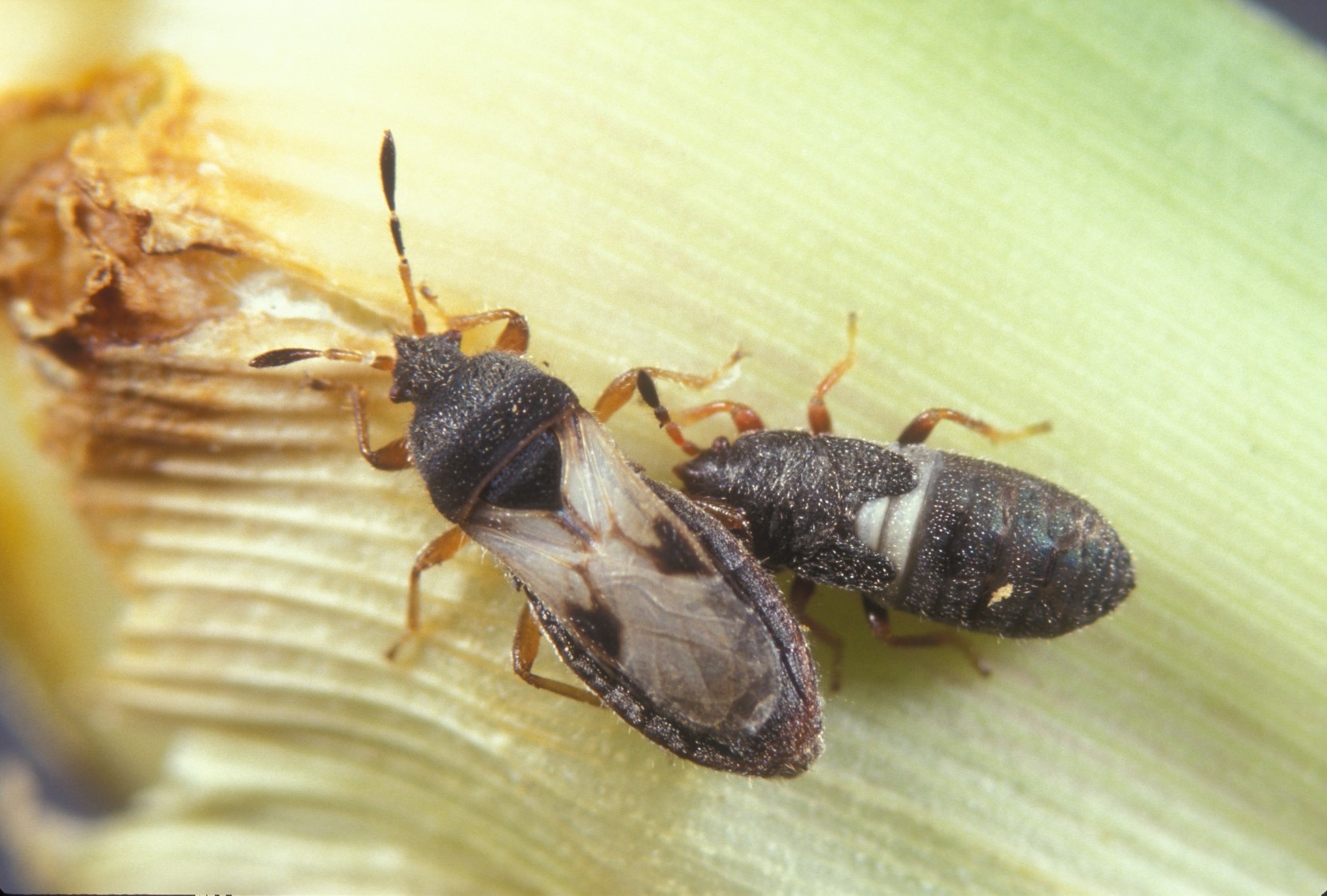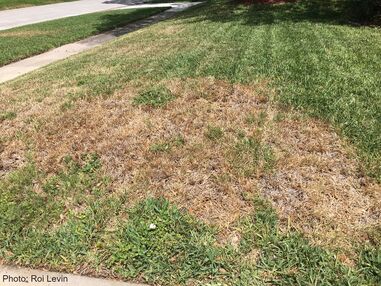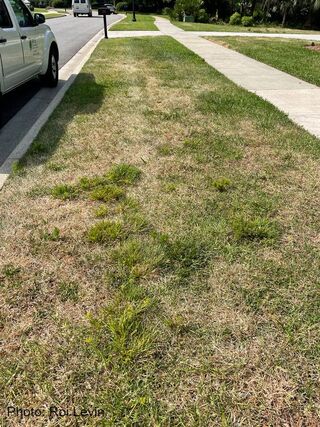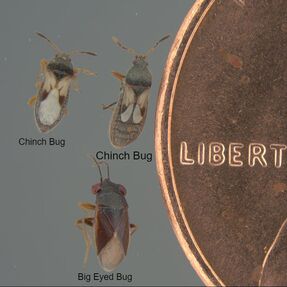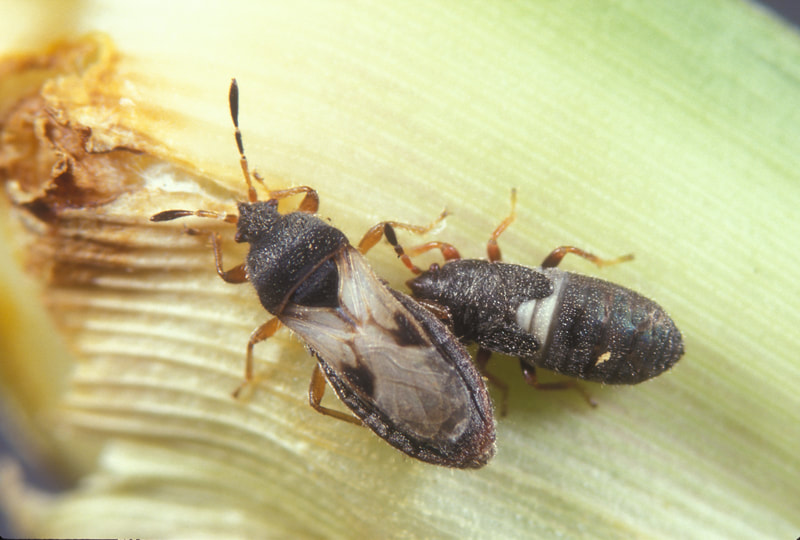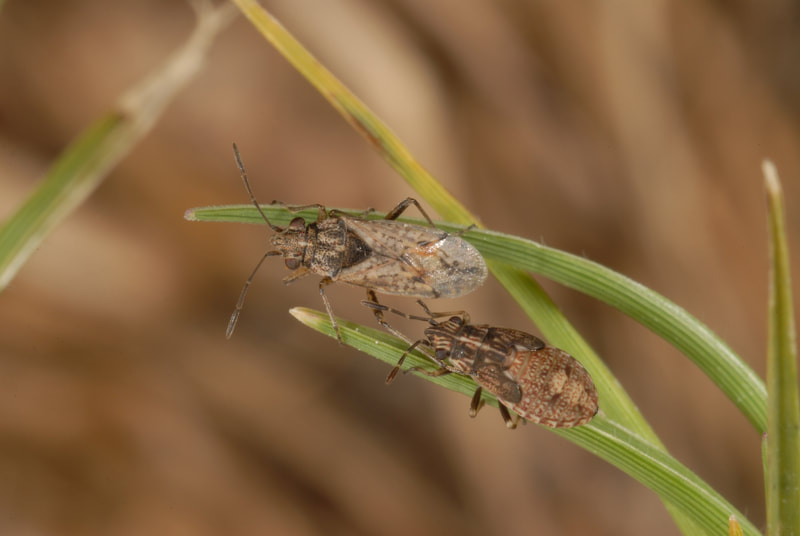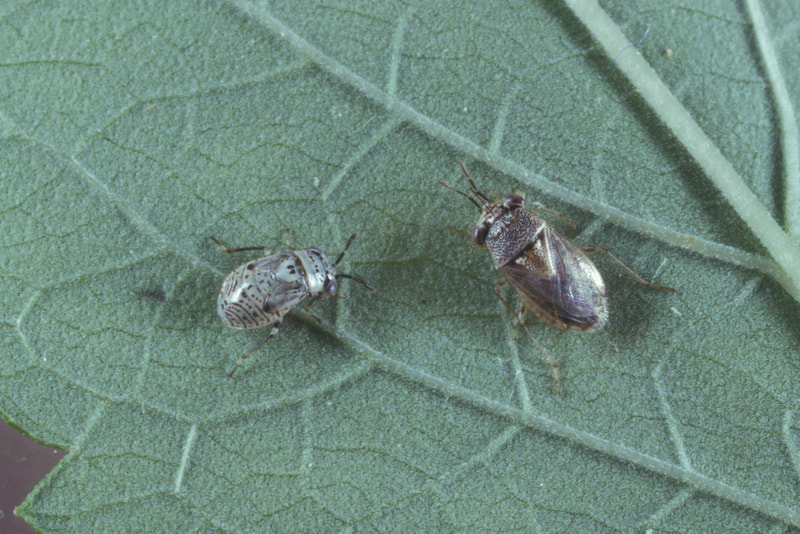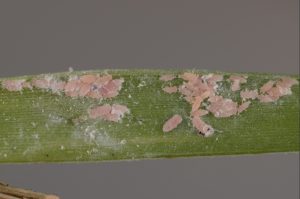Chinch Bugs Are Damaging My Lawn – Now What?
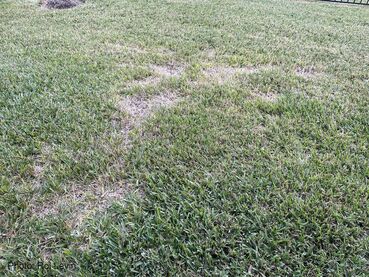
The Neonicotinoid class of insecticides is the most effective and environmentally sound insecticide class for Chinch Bugs management, as compared to other insecticide classes. These systemic insecticides are uptaken by the grass following application and kill Chinch Bugs as they feed. Since these insecticides do not target insects through contact, toxicity to beneficial insects is drastically lower than compared to contact-kill insecticides. Neonicotinoid active ingredients used for Chinch Bug management include Imidacloprid, Clothianidin, and Dinotefuran.
While other insecticide classes are available and labeled for Chinch Bugs management, we do not recommend using them alone for severe Chinch Bug infestations.
The Pyrethroid class of insecticides encompasses contact-kill insecticides that are commonly-used for pest management. Over the past 10-15 years Chinch Bug populations have developed significant insecticide resistance to Pyrethroid insecticides. The additional use of this class of insecticides for the management of Chinch Bugs only exacerbates resistance and often does not manage Chinch Bugs populations sufficiently to provide satisfactory control. Common Pyrethroid active ingredients are Bifenthrin, Cyfluthrin, Cypermethrin, Deltamethrin, Lambda-Cyhalothrin, and Permethrin. Most of the box-store brands of insecticides labeled for Chinch Bugs management contain one or more Pyrethroid insecticides.
The Organophosphate class of insecticides, which includes active ingredients such as Malathion, are not labeled for Chinch Bugs management in lawns.
Infestations In St. Augustine Grass
|
Chinch bugs are hungry critters and they love St. Augustine Grass. They will gladly feed on even the best-maintained lawns. It is important to mitigate Chinch Bugs infestations early to avoid significant injury to large areas of your lawn. Several factors may lead to higher susceptibility to lawn injury by Chinch Bugs. These include:
|
- Drought and intermittent lack of water – areas of St. Augustinegrass that are under water-stress are absolutely irresistible for Chinch Bugs. If we find Chinch Bugs causing injury in a lawn, the area affected is almost always too dry to maintain healthy St. Augustine Grass.
- Excessive moisture and/or poor drainage – lawns that grow in soils that remain too wet often have issues with root-rot diseases and Chinch Bugs.
- Previously-Infested Areas – Chinch Bugs tend to re-infest the same areas of the lawn seasonally. This is likely related to water stress (lack of- or excessive-water) in those areas.
Are Chinch Bugs to Blame?
|
The only way to positively-determine if Chinch Bugs are causing injury to your lawn is by finding Chinch Bugs in the declining area to ascertain that the infestation exists. St. Augustine Grass decline caused by Chinch Bugs often resembles symptoms of lack of water, certain fungal diseases, nematode-induced injury, and other pests. Oftentimes, lawn decline is caused by several factors simultaneously. Since Chinch Bugs get such a bad rap, many people often associate every brown area in their lawn with Chinch Bugs. This often leads to unnecessary applications of insecticides, which result in exacerbation of insecticide resistance, potential environmental issues, waste of money, and failure to address the actual problem. |
Are Caused By Chinch Bugs

